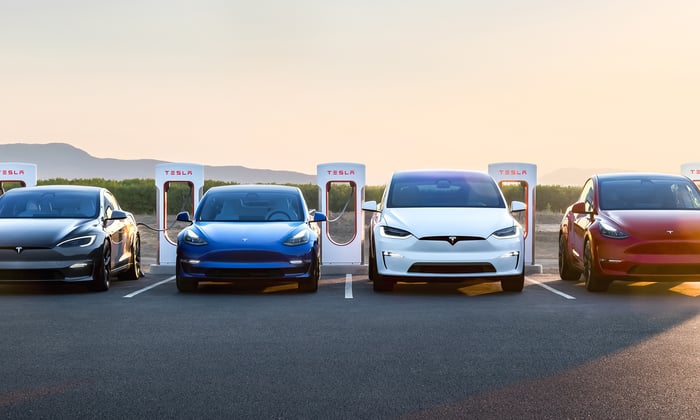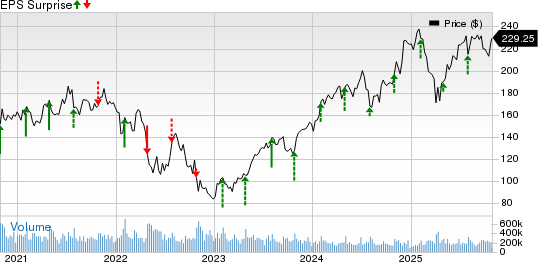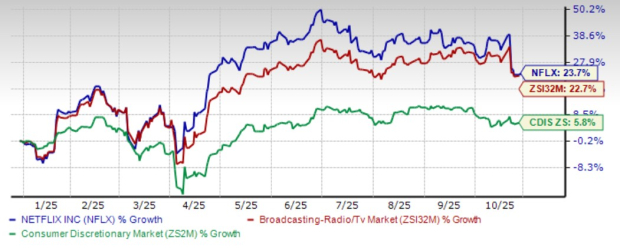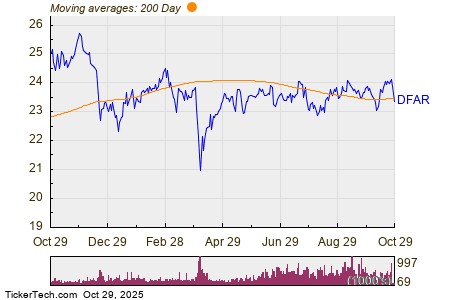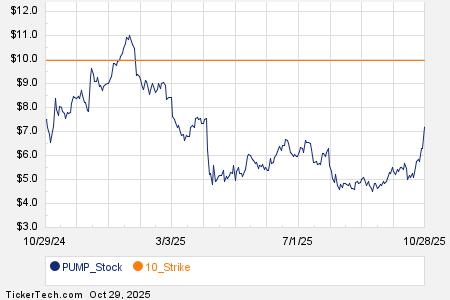Key Insights on Tesla and Xiaomi’s EV Market Performance
Tesla’s market share has declined to 7.5% in the global electric vehicle (EV) market as of the first half of 2025, down 4.2 percentage points year over year, while BYD leads with a 19.9% share. In contrast, Xiaomi’s new SU7 sedan outsold Tesla’s Model 3 in December 2024, with 25,815 units sold versus Tesla’s 21,046. Furthermore, Xiaomi’s YU7 model launched in mid-2025 received nearly 240,000 firm orders within 18 hours, priced at 253,500 yuan ($35,364), roughly 10,000 yuan lower than Tesla’s Model Y in China.
In Q3 2025, Tesla delivered 497,099 vehicles, a 7% increase year-over-year, while facing decreased production by 5%. Despite a 12% rise in revenue to $28.09 billion, Tesla’s operating margin fell to 5.8%, largely due to repeated price cuts aimed at maintaining sales volumes. In China, Tesla’s share tumbled to 4.4%, compared to 16% in 2020, amid escalating competition from local brands like Xiaomi.
Xiaomi’s EV deliveries reached 81,302 units in Q2 2025, contributing to cumulative deliveries of over 300,000 by July 2025. The company’s recent quarterly revenue grew by 30.5% to 116 billion yuan ($16.11 billion) with a net profit increase of 75% to 10.8 billion yuan ($1.5 billion), allowing significant investment in future R&D, including AI initiatives. With 16.7 million charging points in China, Xiaomi is poised to leverage its established consumer ecosystem, posing substantial challenges to Tesla’s dominance in the EV sector.


